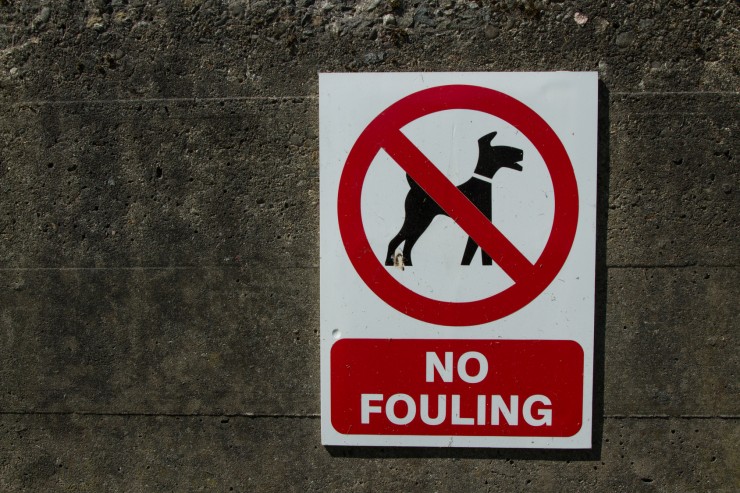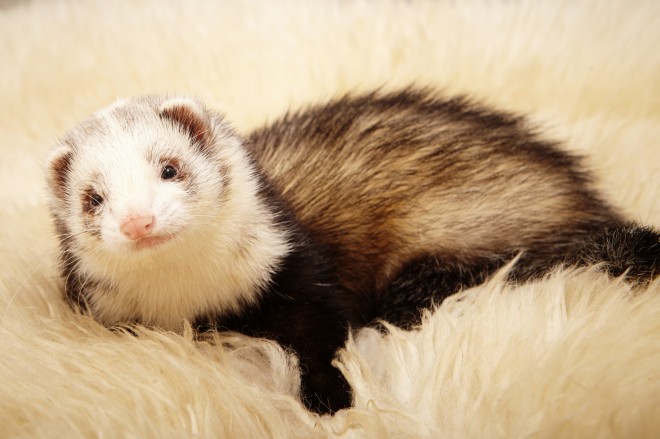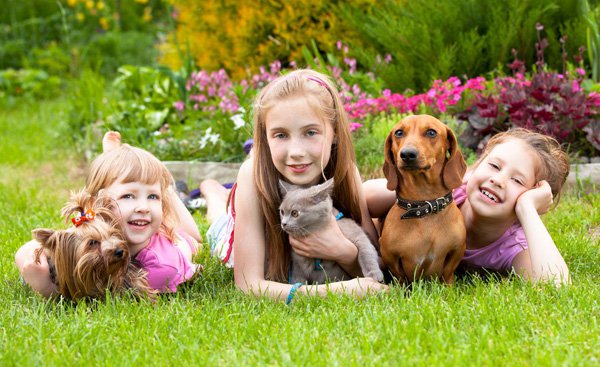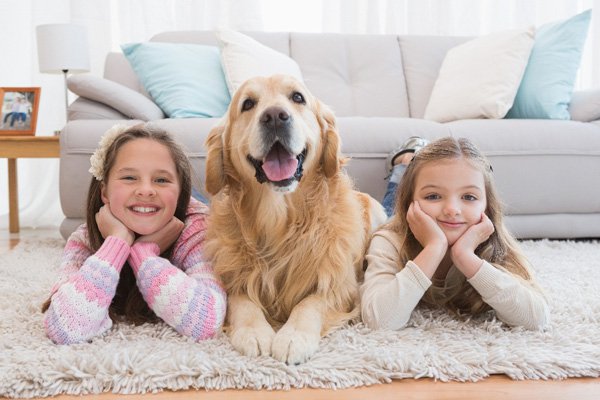
I've had a series of dogs around the house for the past 27 years, with only a short gap in between. When my lovely cocker spaniel died of old age earlier this year the house seemed too quiet and there was nothing to run and greet us when we came in. I knew we'd had to get another dog, so after a couple of months it was time to start thinking about what to get.
The first choice was whether to get a fully grown dog or a puppy. I'd always had my dogs as puppies before, so knew what I'd be letting myself in for. Having a puppy is as demanding as having a new baby, but there are many rewards to be had as long as you are prepared to put in the time and energy to care for them and train them properly. I did look at a number of dog rescue sites, but quite honestly nothing there caught my eye to be my companion for the foreseeable future, or many dogs had established problems which I wasn't sure I could cope with.
The next question was, what breed? I wanted to go for a pedigree, purely because each breed has different traits, and so some way of knowing how your puppy is going to turn out. You know how big they will grow, what their temperament should be, how much they are going to cost to feed, and how much exercise they will take. If you buy a cross breed you may find it growing very much larger than you expected!
I read up about the different dogs I fancied - I do prefer the gun dog breeds. It's important to get as much information as you can, and consider carefully whether the dog will fit into your household. I was tempted to get another Cocker Spaniel, but knew I couldn't replace my lovely old boy, so decided to go for a breed I hadn't had before. I had previously had an English Setter, and loved the setter personality. So to be different, but stick with something that I knew the general traits of, I settled on an Irish Setter.
Certain breeds of dogs are much more common than others. If you decide on a particular breed, you may need to travel a long distance to find the right puppy, or even go onto a waiting list if they are popular but few and far between. I was quite lucky, when I started looking there was a litter which had been born just 4 weeks previously, and were only an hour's drive away.
The pups were listed on the breed site for Irish Setters, and when I spoke to the breeder on the phone she gave me details of their parentage, and where I could find more information about their pedigree on the internet. I arranged to go to see them the following day, and found things exactly as they should be - the mother and pups living in a family house.
It's as important to select the litter that you're going to choose your pup from as choosing the pup itself. Puppy farms should be avoided at all costs. These 'farms' buy in puppies at just a few weeks old, and far too early to be separated from their mother. The stress of this can cause health and behaviour problems, and the people who raise them and sell them on are just in it for the money. Always be wary if people have several litters of different types of dogs for sale at once, or if you are not able to see the mother - this is the sign of a puppy farm. Don't buy a puppy from a pet shop - again, these will probably have been separated from their mother too early and being exhibited in a cage is not the best start in life. Never buy on impulse! Choosing a puppy is choosing a companion for possibly the next 15 years so you have to give a lot of thought into firstly whether you really want a dog at all, or have just been temporarily swayed by a cute ball of fluff with big eyes and a waggy tail, and secondly whether your lifestyle is stable enough to give it a good home for life.
Pups should not be separated from their mother until they are 7 or 8 weeks old, so she should always be present when you visit. The temperament of the mother will give you some clue as to how the pups will turn out. What we found were pups who'd obviously already been subjected to lots of visitors (it was the family's and mother's first litter). The mother so used to seeing people handing the pups that she went and laid down in another room as if pleased the entertainment of her little ones was being taken over for a while. The mother was a beautiful affectionate dog who loved to be stroked - even by strangers. She is not a large specimen, and I could see myself with a dog just like this. The likelihood is that the pup I choose will turn out like her mum, so the first test was passed with flying colours.
The pups were not at all worried about us turning up, and carried on playing or sleeping - and were not worried about being handled and passed around. I had decided on getting a bitch this time around - I've only had dogs before, so thought having the opposite sex would be interesting. Bitches are supposed to be more loving (but so were all my dogs!), and coping with seasons which will be a new experience for me. But I've been reading up about it and understand what I'm letting myself in for. There's always the opportunity to have a litter of puppies myself in the future too.
Selecting a puppy from a litter is quite difficult. At the age of 4/5 weeks there is not a lot to choose between them, especially if they are all the same colour. You should avoid selecting the biggest pup, or the pup that comes bounding up to you. This is likely to be the dominant one, and will always be trying to be the boss. Unless you are very experienced and prepared to take that temperament on, you should avoid the most dominant puppy. At the opposite spectrum, the one that is the last to come forward, the smallest and which hides away is probably going to be a more nervous type. What you should be going for is one in the middle. Not too bold, but not too fearful either.
All the puppies should be alert, and interested in what is going on around them. They should be happy to be handled. They should be playful, and you should observe them playing together. If one isn't joining in this could be that it is not so fit and active as the others. When you pick up the puppy it should be clean and dry, with no discharge from its bottom, and the tummy should feel soft when gently pressed. Eyes should be open, clean and clear - it should look at you and respond to your voice. It's fur should look clean and shiny, and there shouldn't be any sore patches.
However sorry you feel for it, you should not select the runt of the litter. There may well be health reasons why it is not growing as well as its siblings.
Having made the decision I was only going to look for bitch puppies, I concentrated on the two out of the seven pups which were bitches. Both looked very similar in temperament - neither dominant or submissive. They were matched in size and both looked very healthy. My son held one, and I held the other for a while on our laps. One particularly appealed to me - hard to say why, but my son wanted the same one. So we had chosen what hopefully will be our companion for a very long time.
It is easy to be tempted to get more than one puppy, although if you are buying an expensive pedigree dog the price will help your head rule your heart. But even if you can afford it, don't buy two puppies from the same litter. As they grow they will bond with each other, and not with you, and you can have separation problems. What starts as a nice thought can cause you problems you hadn't anticipated further down the line.
Having chosen our puppy we had to come away and begin what seems to be the very long wait until she is eight weeks old, and we can bring her home.
Trish Haill has a background in Psychology and a lifetime of pet keeping. With her experience together with lots of research she has brought together helpful information for parents considering getting a pet for their child. Pets4kids has information on all sorts of pets you may consider. Further information on dogs and puppies can be found on the website.
 The 4 Rules To Picking Up And Disposing Of Dog Poo
The 4 Rules To Pi
The 4 Rules To Picking Up And Disposing Of Dog Poo
The 4 Rules To Pi
 Checking Your Ferret Over And Identifying Good Health
Checking Your Fer
Checking Your Ferret Over And Identifying Good Health
Checking Your Fer
 Shopping From the Best Online Pet Store in Ipswich Is a Delight for the Pet Owner
Shopping From the Best Online Pet Store in Ipswich Is a De
Shopping From the Best Online Pet Store in Ipswich Is a Delight for the Pet Owner
Shopping From the Best Online Pet Store in Ipswich Is a De
 Puppies - First Impressions Really Count
Puppies - First I
Puppies - First Impressions Really Count
Puppies - First I
 Where to Look for the Best Pet Boarding Facility in Chapel Hill?
Where to Look for the Best Pet Boarding Facility in Chapel
Where to Look for the Best Pet Boarding Facility in Chapel Hill?
Where to Look for the Best Pet Boarding Facility in Chapel
Copyright © 2005-2016 Pet Information All Rights Reserved
Contact us: www162date@outlook.com